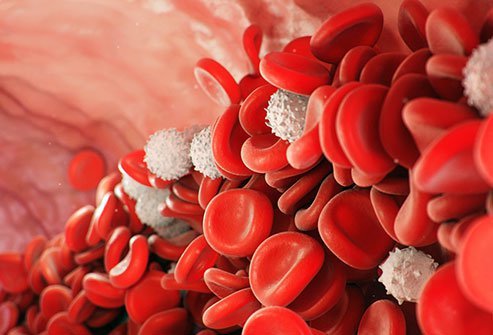What Does It Mean When Your Neutrophils Are High?
Neutrophils are white blood cells (WBC). These cells fight infections in the body. A high neutrophil count may be due to many physiological conditions and diseases.
In most cases, high neutrophils count is commonly associated with an active bacterial infection in the body. In rare cases, the high neutrophil count may also result from blood cancer or leukemia.
The following are the common causes of neutrophilia or high neutrophil count:
- True neutrophilia: True neutrophilia is usually related to bacterial infections. Abscess, boils, pneumonia, cough, and fevers can cause neutrophilia by stimulating the bone marrow.
- Conditions such as heart attack, a bone fracture, septic arthritis, wounds, burns, accidents, and appendicitis can also cause high neutrophil count.
- Shift neutrophilia: The increase in neutrophil count may be due to the shift of cells from capillaries and organs to the blood. This may be seen even when there is no disease. Shift neutrophilia is usually transient and may occur during vigorous exercise, in case of an anxiety attack, during pregnancy, after a seizure, and after meals.
- An increased concentration of cortisol and adrenaline hormones and the ingestion of some drugs, such as prednisone, can cause more neutrophils to enter the bloodstream.
- Neutrophilia may be observed because of malignancy, such as leukemia.
- Surgical procedures, including splenectomy and appendicitis, are also known to increased neutrophils count.
What are neutrophils?
Neutrophils comprise most of the white blood cells. They make up about 56% of the total white blood cells. Neutrophils are the soldiers that fight infections. They recognize the foreign proteins over an infectious particle and cover up the particle. They may either eat the infectious particle or release chemicals that kill the particle.
On the lab sheet, polymorphonuclears or PMNs are mature neutrophils, and band forms are young white blood cells. Band forms are commonly seen in the blood of a child. Neutrophils, like all other blood cells, are formed from the stem cells in the bone marrow. They circulate in the bloodstream for 7 to 10 hours. They migrate into the tissues, where they have a life span of only a few days after which the spleen destroys them. Neutrophils have a short lifespan. New neutrophils are then produced continuously in the bone marrow. The number of neutrophils in the blood might differ with each individual because it is affected by various factors, such as age and environment. However, the following is considered to the normal range of neutrophil count.
In terms of cell count:
- The normal range of absolute neutrophil count (ANC) count in adults: 1500-8000 cells/mm3.
- The normal range of mature/segmented neutrophils: 2500-6000 cells/mm3.
- The normal range of immature neutrophils: 0-500 cells/mm3.
In terms of the percentage of the WBC:
- The normal range of ANC count in adults: 40-45%.
- The normal range of mature/segmented neutrophils: 40-60%.
- The normal range of immature neutrophils: 0-5%.
What is neutropenia?
When the level of neutrophil is less than 1500 cells/mm3 of the blood volume, it is considered a low neutrophil level or neutropenia.
- Mild neutropenia: It is the condition where the levels are between 1000-1500 cells/mm3.
- Moderate neutropenia: The levels are between 500-100 cells/mm3.
- Severe neutropenia: The levels are less than 500 cells/mm3.
Neutropenia is often observed in viral infections, but it can also be a sign of some other factors or illness. The causes may be:
- The most important cause of low neutrophil count is the intake of medicines, especially those taken during chemotherapy.
- A suppressed immune system due to some underlying diseases, such as acquired immunodeficiency syndrome (AIDS), tuberculosis, and hepatitis, also causes low levels of neutrophils.
- Similarly, other conditions, such as cancer and related bone marrow diseases, also result in low neutrophils count.
- Another cause of neutropenia is the deficiency of vitamin B12 and other minerals.
- Autoimmune diseases, such as Crohn’s disease, lupus, and rheumatoid arthritis, cause a decrease in the count of neutrophils as well.
Neutrophilia and neutropenia need a meticulous clinical examination followed by relevant investigations so that appropriate treatment can be instituted. Though it may not be an emergency condition, proper physician advice is always recommended.

